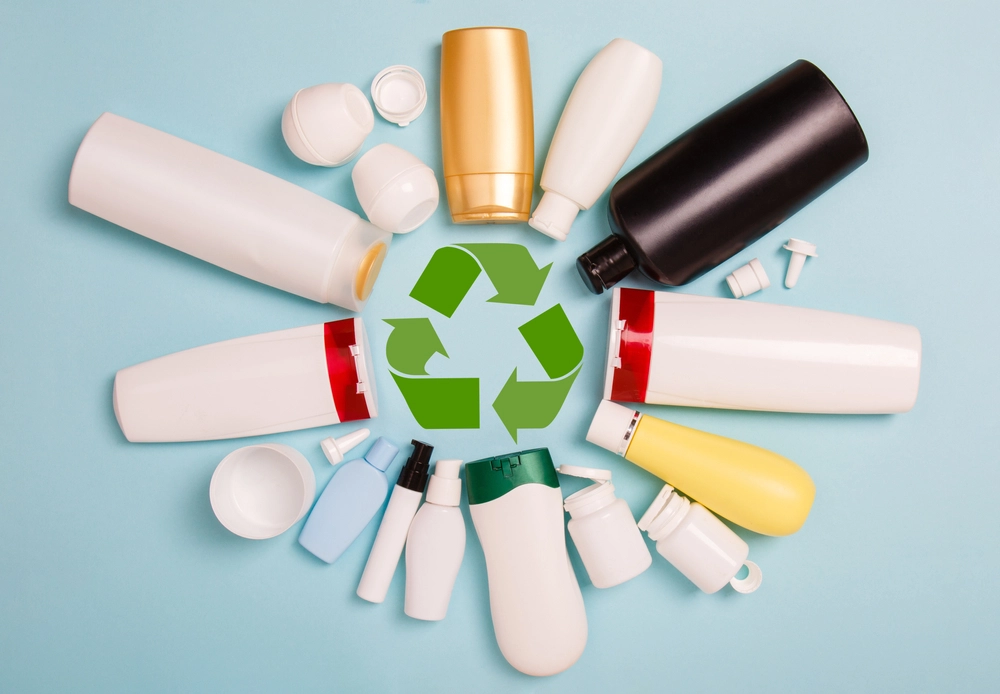What Is PCR Plastic? 7 PCR Packaging Applications
The quest for sustainable solutions has led industries to reevaluate their practices, with a particular focus on packaging. Innovative approaches are emerging to address the challenges posed by plastic waste. At the forefront of this movement is PCR or Post-Consumer Recycled plastic. This material reduces the demand for new plastic production and offers a way to repurpose discarded plastic into functional and eco-friendly packaging solutions.
At its core, PCR plastic is an emblem of circular economy principles, embodying the concept of “reduce, reuse, and recycle.” Derived from post-consumer waste, PCR plastic is a form of plastic that has undergone a transformation from discarded items into a valuable resource. The process involves collecting, sorting, cleaning, and reprocessing plastic waste to create a new material that can be used for packaging and other applications. This transformation cycle not only diverts plastic from landfills and oceans but also conserves energy and natural resources.
The rise of PCR plastic reflects a growing shift in consumer and industry preferences towards environmentally responsible choices. Brands and businesses are recognizing the importance of aligning their operations with sustainable practices to meet the expectations of a conscientious consumer base.
Delve deeper into the world of PCR plastic, its applications, and how it has emerged as a key player in the quest for sustainable packaging alternatives.
What is PCR Plastic?
PCR plastic, or Post-Consumer Recycled plastic, is a sustainable material derived from discarded plastic items. It is typically recycled from plastics such as PET (Polyethylene Terephthalate), PP (Polypropylene Plastic), and HDPE (High-Density Polythene). It undergoes a meticulous process of collection, cleaning, and reprocessing to transform used plastics into a valuable resource for creating new products, including product packaging.
This recycled plastic is obtained from various sources, such as plastic bottles, packaging, and other items that have fulfilled their initial purpose and are ready to be repurposed. Through this, PCR plastic reduces environmental impact and conserves energy and resources, contributing to a circular economy approach. PCR plastic breathes new life into discarded plastic products, unlike traditional plastics that rely on virgin materials.
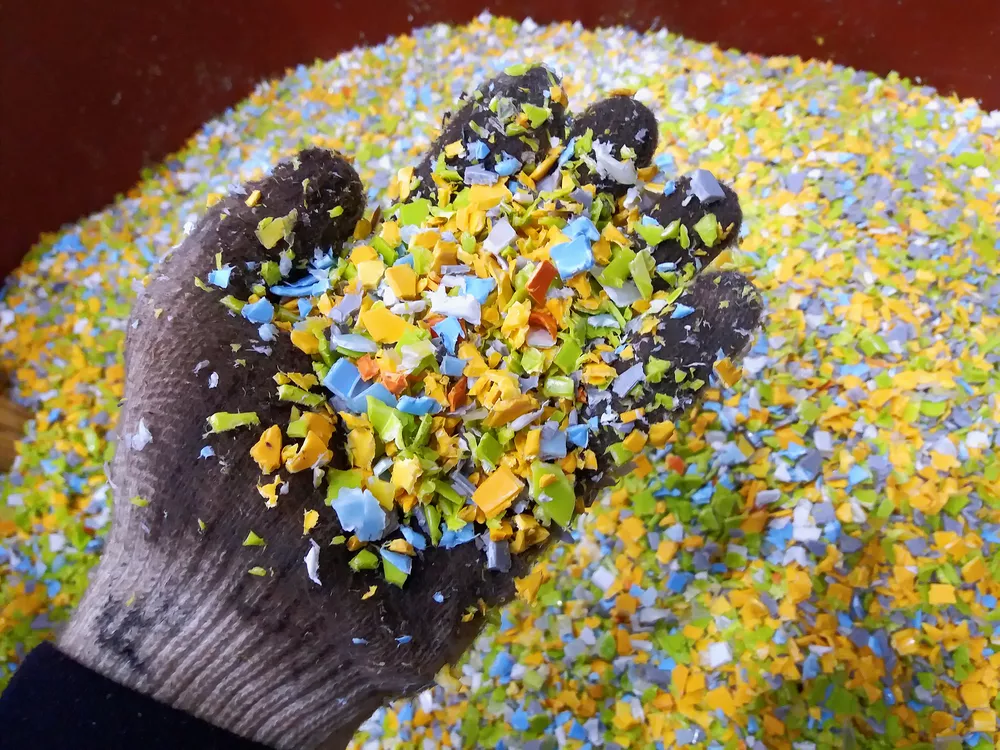
The Advantages of Using PCR Plastic
PCR plastic has several benefits that resonate with environmental, economic, and social considerations. By diverting plastic waste from landfills and oceans, PCR plastic plays a pivotal role in mitigating the adverse impacts of plastic pollution. Additionally, the energy savings achieved through recycling contribute to reducing greenhouse gas emissions, aligning with global efforts to combat climate change.
Furthermore, PCR plastic helps conserve valuable natural resources that would otherwise be expended in the production of virgin plastic. This conservation includes reducing the demand for petroleum-based raw materials and lessening the energy required for extraction and refinement. As a result, PCR plastic provides a practical pathway to achieving more sustainable and responsible packaging solutions.
PCR plastic often finds a sustainable role in bottled beverages, reducing virgin plastic usage in water, soft drinks, and more. In personal care, shampoos and lotions are housed in PCR plastic bottles, catering to eco-conscious consumers.
7 PCR Plastic Applications in Packaging
The versatility of PCR plastic shines through its adoption across various sectors, transforming packaging practices while promoting sustainability. Here are examples illustrating how PCR plastic reshapes packaging in diverse industries.
1. Beauty and cosmetics
PCR plastic can be found in various makeup, skincare, and beauty packaging. It is typically used for lip gloss and mascara tubes, compact cases for eyeshadows, and perfume atomizers. Even luxury skincare brands opt for PCR plastic bottles to cradle high-end moisturizers, showcasing a commitment to elegance and environmental responsibility.
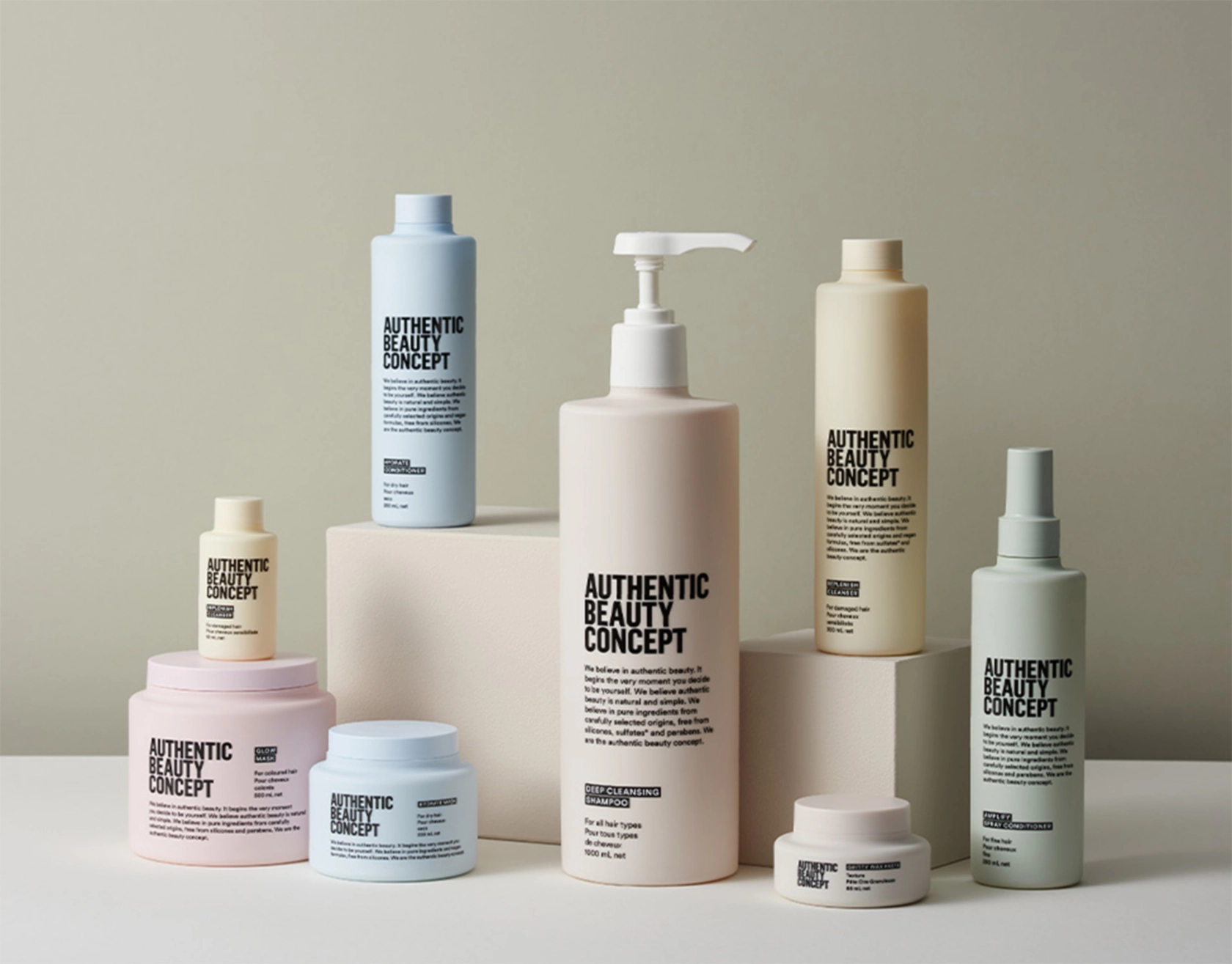
The use of PCR plastic can resonate strongly with consumers seeking beauty products that extend their commitment to environmental stewardship beyond personal care routines.
2. Food and beverage
PCR plastic is finding its way into food packaging for various culinary delights. Picture a salad packed in a PCR plastic container, conveying not just freshness but also a commitment to reducing plastic’s impact on the environment. PCR plastic is also used for pre-cut fruits, takeaway containers, water and juice bottles, and condiments or sauce pouches. These provide tangible, sustainable packaging solutions to the industry, where plastic waste issues thrive.
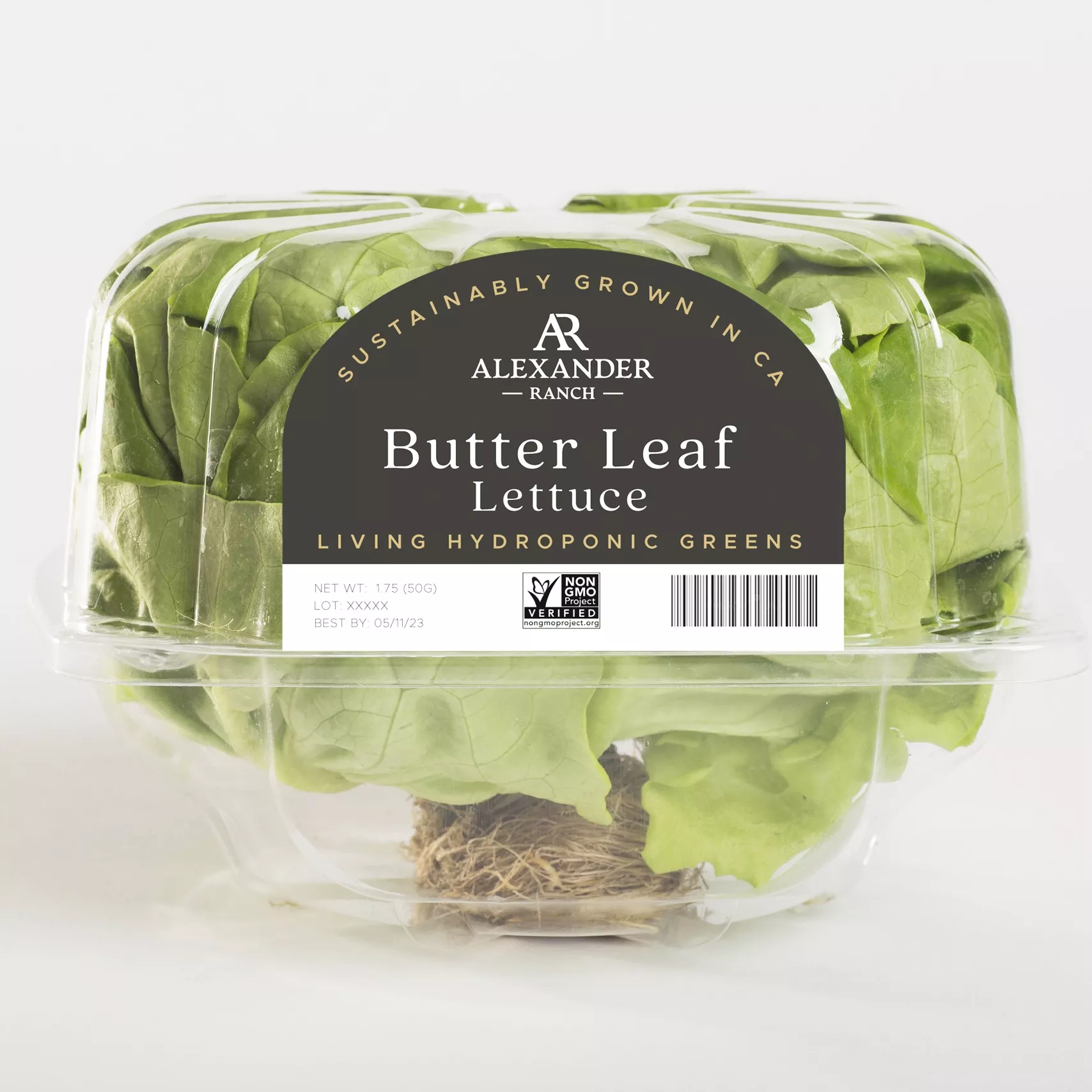
3. Electronics
Electronic waste is a growing concern, and PCR plastic is stepping in to mitigate this challenge in the electronic product industry. Gadgets and electronic devices are increasingly housed in PCR plastic packaging, showcasing the industry’s dedication to reducing e-waste. A smartphone can be nestled in a PCR plastic tray, embodying a responsible approach to product protection and the environment.
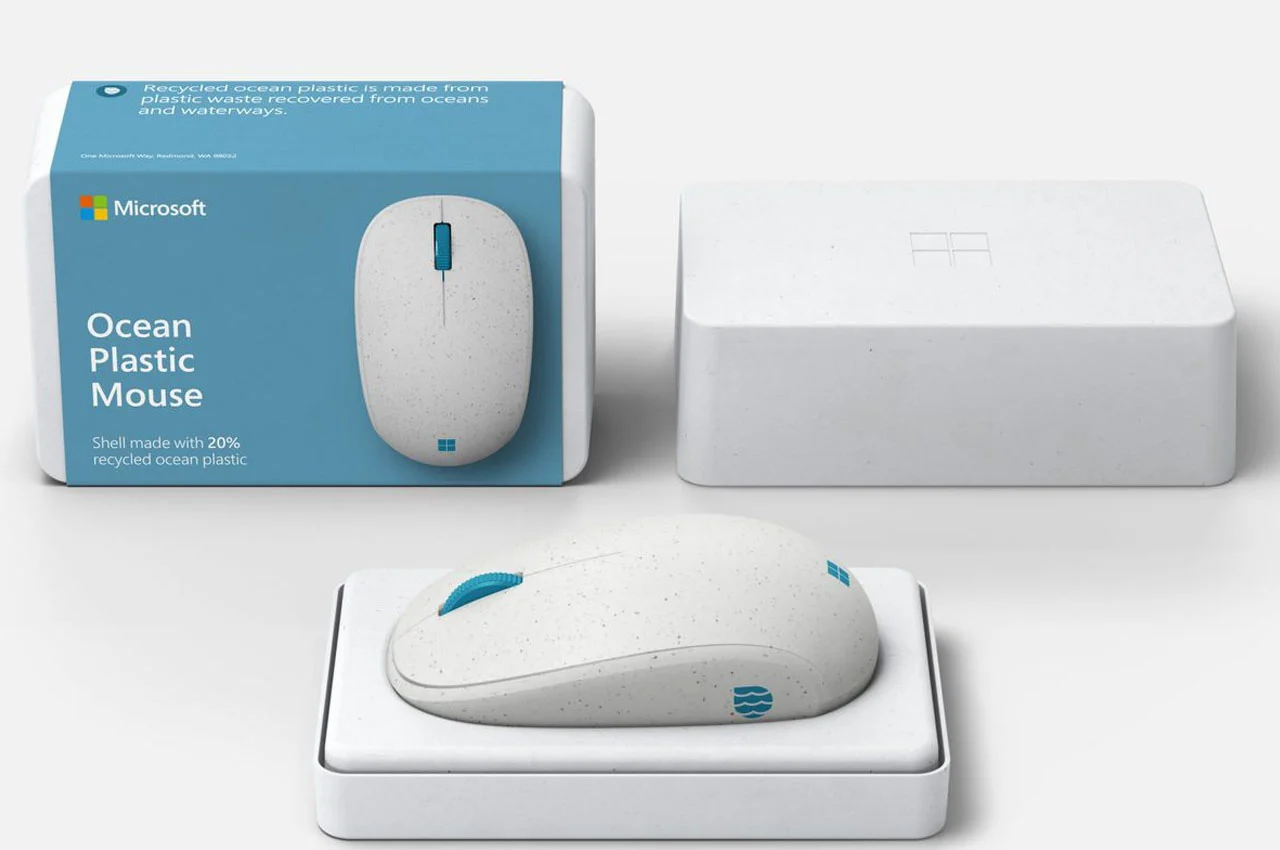
Moreover, tech accessories like chargers and cables are now packaged in PCR plastic pouches, illustrating how small choices can potentially make a big environmental impact. PCR plastic protective sleeves are also becoming standard for devices such as laptops and smartwatches.
4. Medical and pharmaceutical
Medical devices and pharmaceuticals are also finding their home in PCR plastic packaging, ensuring the safe delivery of essential products while minimizing plastic waste. For instance, pharmaceutical companies are adopting PCR plastic bottles, vials, or blister packs to package medications such as antibiotics. PCR plastic can also be found in medical equipment packaging, such as specimen containers and syringe casings.
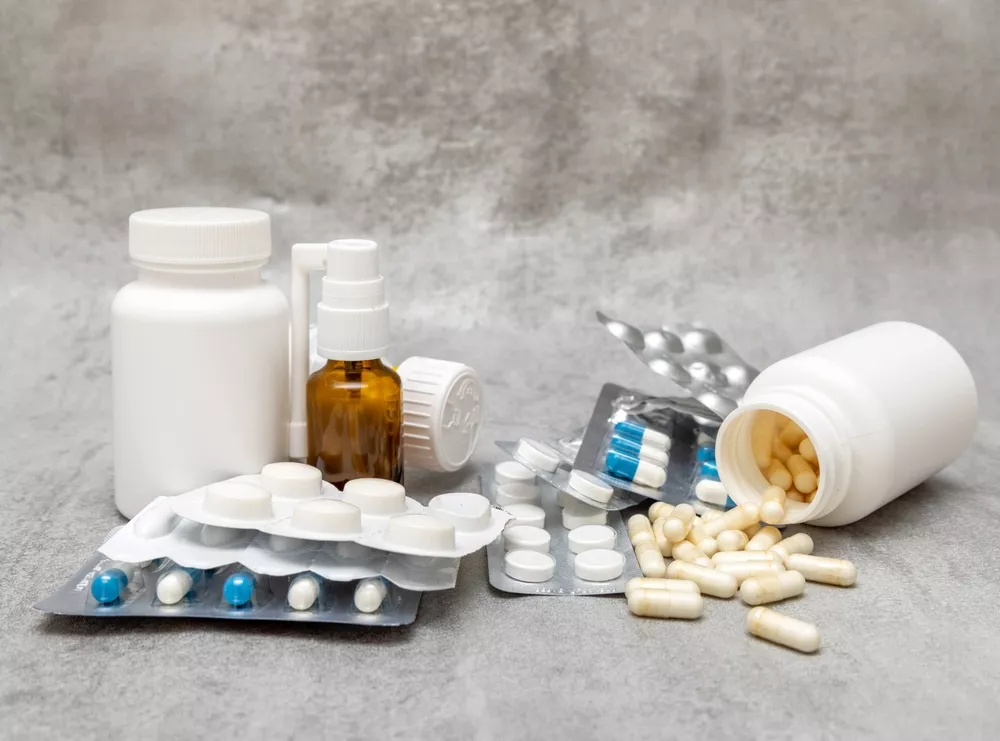
The use of PCR plastic aligns seamlessly with the healthcare sector’s responsibility to manage medical waste responsibly, ensuring that essential medications come in packaging that reflects patient safety and eco-consciousness.
5. Household and cleaning
Household and cleaning products are getting a sustainability makeover with the integration of PCR plastic packaging. This includes laundry detergent bottles and pods, as well as surface cleaner bottles. Similarly, PCR plastic is used for refill pouches for multipurpose cleaners. This shows the industry’s response to the demand for sustainable alternatives, encouraging consumers to refill their spray bottles instead of discarding them.

6. Industrial sector
PCR plastic can also be found in bulk packaging solutions. Industries that transport materials in large quantities are opting for PCR plastic to reduce waste and environmental impact. For instance, industrial chemicals or raw materials can be packaged in PCR plastic drums, contributing to a more sustainable supply chain. PCR plastic bags for bulk products such as grains and construction materials can also address the challenge of plastic waste generated during transportation and storage.
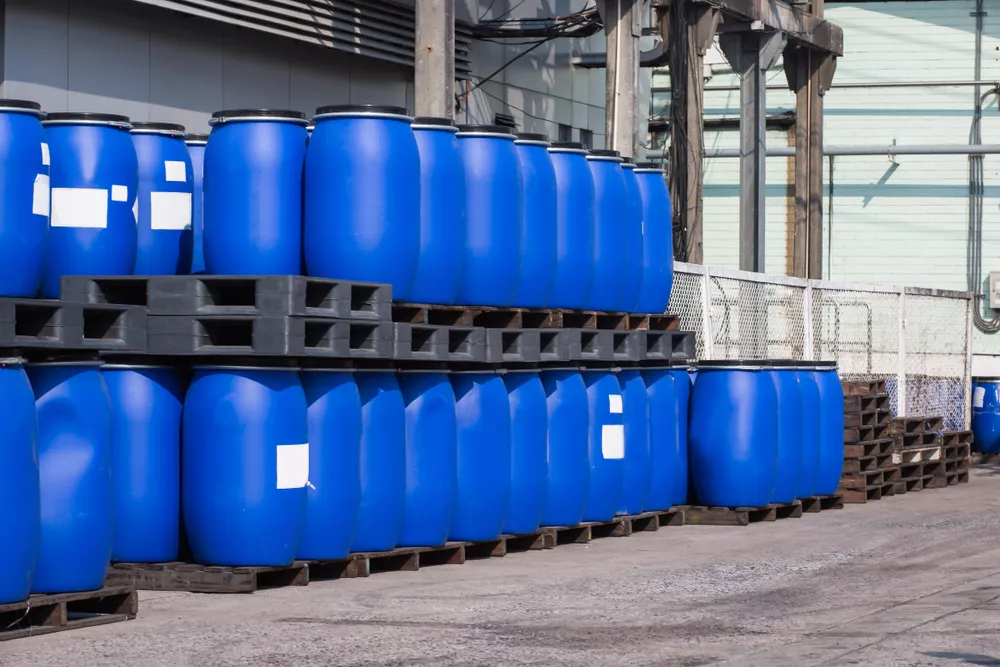
7. Fashion and apparel
Fashion and apparel brands are weaving sustainability into their packaging choices. Garments and accessories are now arriving in PCR plastic packaging, symbolizing a commitment to fashion that’s both trendy and kind to the planet. Other applications in this industry include storage and display solutions such as PCR plastic shoe boxes and hangers.
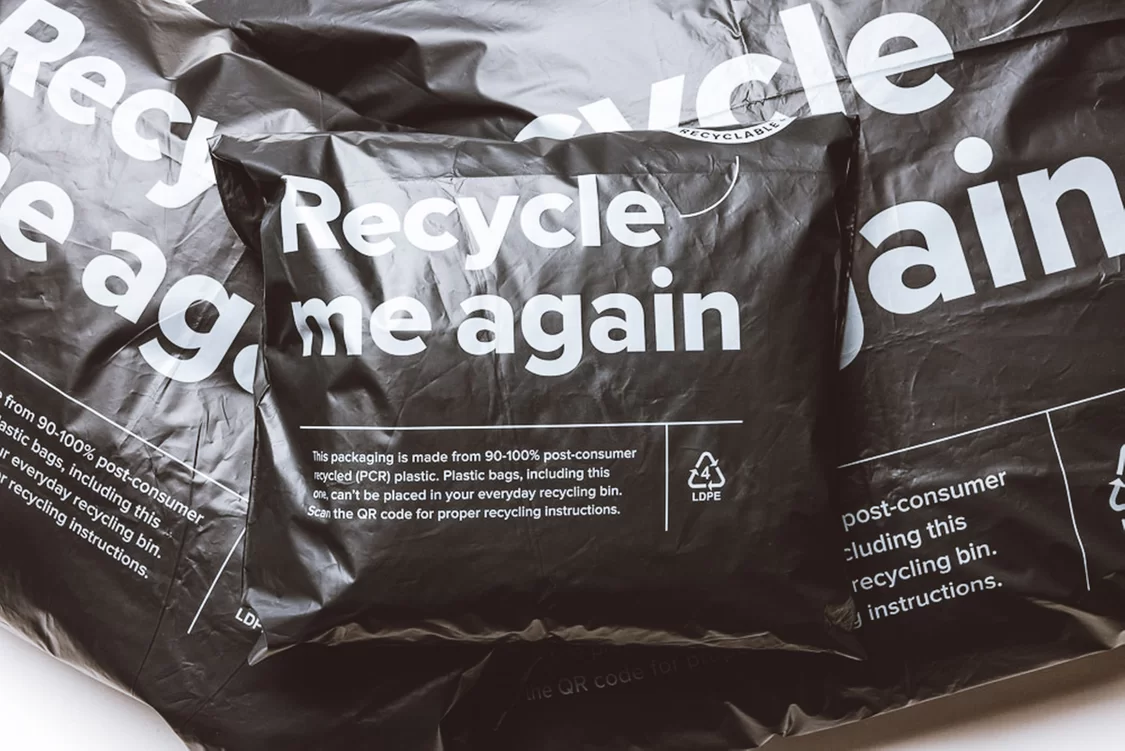
Where Sustainability Meets Ingenuity
Sustainable packaging solutions such as PCR plastic make a statement about waste reduction and contribute to a circular economy model that redefines plastic use. They also show how responsible choices can meet aesthetic appeal and practicality. From the elegance of PCR plastic beauty product containers to the durability of PCR plastic industrial drums, using PCR plastic can show your commitment to preserving the planet.
Each choice your brand makes in packaging design carries the potential to shape the world positively. Exploring the myriad applications of sustainable packaging materials is critical to discover how your brand can reshape the industry. Learn more about sustainable materials and packaging solutions from experts at Meyers. Take a step towards packaging that speaks volumes about your dedication to a greener world.

